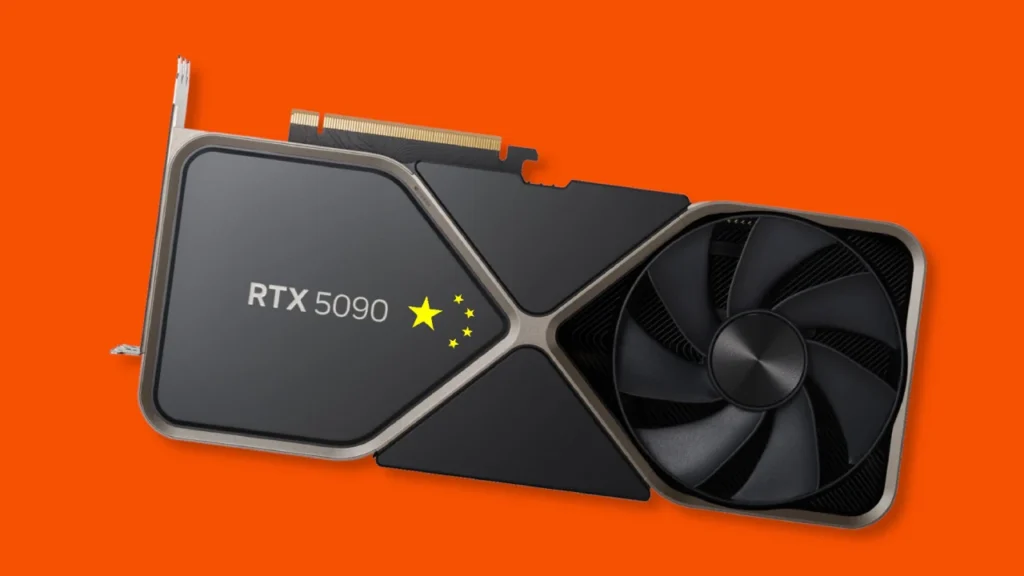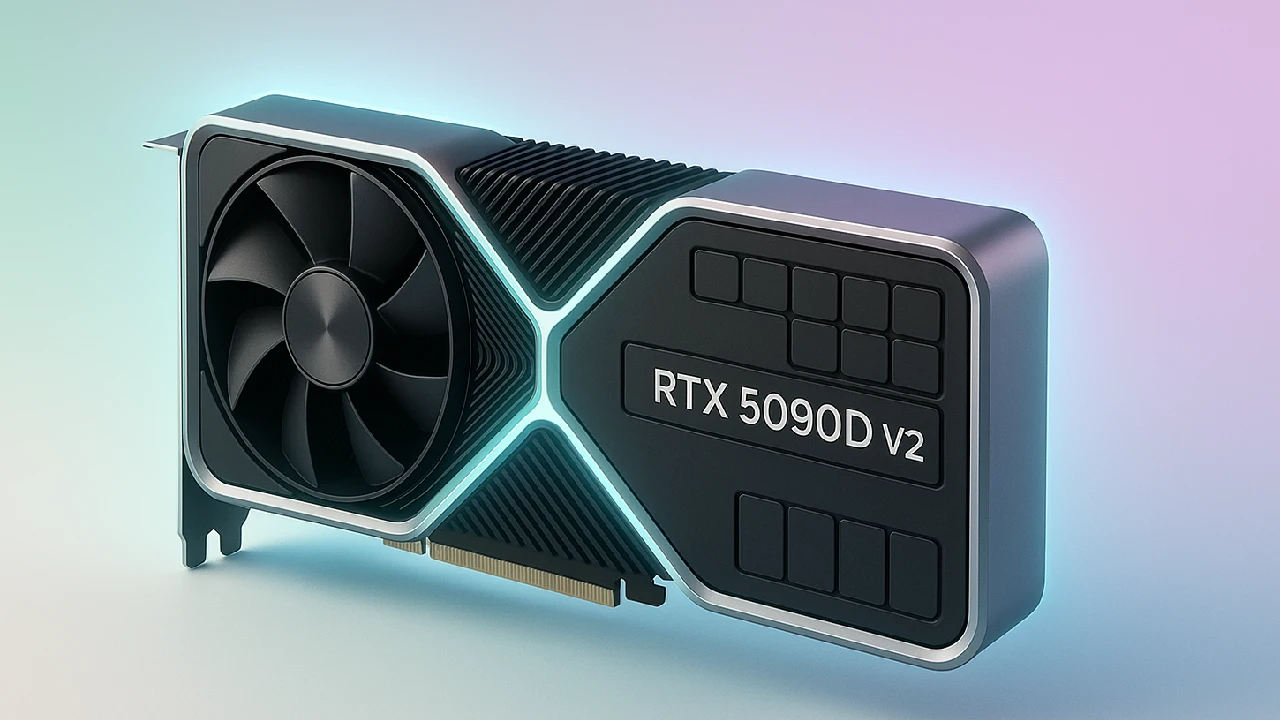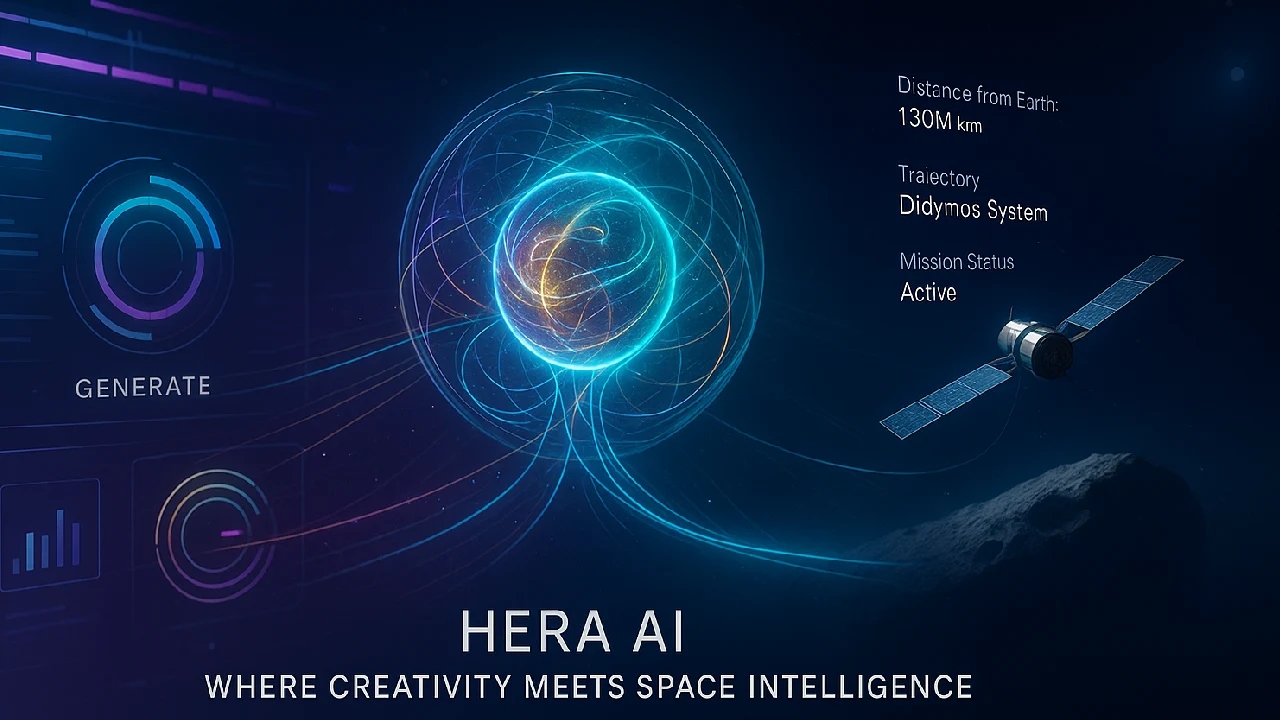NVIDIA RTX 5090D V2 is a China-only GPU with 25% less memory and bandwidth than the RTX 5090 but it still delivers near identical gaming performance though slower AI speeds.

The NVIDIA RTX 5090D V2 is the latest variant of the RTX 5090 family, designed exclusively for the Chinese market. Launched on August 12, 2025, this model was quietly rolled out to replace the original RTX 5090D. While it carries the same Blackwell architecture and powerful GPU core, NVIDIA made deliberate cuts to memory and bandwidth. The reason? To comply with U.S. trade restrictions on high-performance GPUs, which limit AI computing power in China.
What is NVIDIA RTX 5090D V2
The RTX 5090D V2 is the third official version of the RTX 5090 series and the second “D” variant built for China. On the surface, it looks like the same flagship GPU featuring 21,760 CUDA cores, 170 RT cores, and 680 Tensor cores. But the hidden difference lies in its memory system. By reducing VRAM capacity and bandwidth, NVIDIA made this card compliant with U.S. restrictions that limit China’s access to AI-ready GPUs.
Key Features and Specifications
Here’s a breakdown of the most important specs:
- GPU Architecture: Blackwell (GB202-240 core)
- CUDA Cores: 21,760 (unchanged)
- RT Cores: 170
- Tensor Cores: 680
- Boost Clock: 2.41 GHz
- Memory: 24 GB GDDR7 (down from 32 GB)
- Memory Bus: 384-bit (down from 512-bit)
- Memory Bandwidth: 1,340 GB/s (25% lower)
- Cache: 96 MB L2
- TDP: 575W
- Transistors: 92.2B, TSMC 4N, 750 mm² die
The major downgrades are in VRAM capacity and bus width. Four memory channels were disabled, leaving only 12 active memory chips. This brings 25% lower memory capacity and bandwidth.
Gaming Performance
Here’s the surprising part: gaming barely suffers. Benchmarks from Yesky and Expreview show almost identical performance between the RTX 5090D and V2:
- Cyberpunk 2077 (DLSS 4, 1440p) → 424 FPS vs 418 FPS
- Cyberpunk 2077 (DLSS 4, 4K) → 290 FPS vs 289 FPS
- Hogwarts Legacy (DLSS 4, 1440p) → 300 FPS vs 297 FPS
- Borderlands 3 (4K, no DLSS) → 164 FPS vs 161 FPS
Across most AAA titles, the drop is just 1–2%, showing that Blackwell’s design doesn’t fully need 512-bit bandwidth for gaming workloads. The faster GDDR7 memory chips and architectural improvements compensate for the narrower bus.
AI and Professional Performance
While gamers are safe, AI and productivity workloads take a real hit.
- AI TOPS: 2,375 TOPS vs 3,352 TOPS on RTX 5090 (~30% cut).
- Blender: Up to 19% slower.
- V-Ray CUDA: About 7.5% down.
- RTX-accelerated rendering: As much as 25% slower in bandwidth-heavy tasks.
This is intentional the downgrade ensures the GPU avoids U.S. export violations, which measure total processing density and AI power.
RTX 5090D V2 vs RTX 5090D
| Spec / Performance | RTX 5090D | RTX 5090D V2 | Difference |
|---|---|---|---|
| Memory | 32 GB GDDR7 | 24 GB GDDR7 | -25% |
| Memory Bus | 512-bit | 384-bit | -25% |
| Bandwidth | 1,790 GB/s | 1,340 GB/s | -25% |
| Gaming FPS | ~100% | ~98–99% | Barely changed |
| AI TOPS | 3,352 | 2,375 | -30% |
| Price | 16,499 RMB | 16,499 RMB | Same MSRP |
Pricing and Market Impact
Despite being weaker, the RTX 5090D V2 retains the same price: 16,499 RMB (~US$2,100). In fact, due to scarcity in China, custom models are expected to sell well above 20,000 RMB.
For gamers, this is frustrating they are paying the same for a GPU with 25% less memory capacity. For AI startups and researchers in China, however, this GPU is one of the few legally available high-performance options. Many will adapt it into blower-style server GPUs for AI training clusters.
Final Take:
The RTX 5090D V2 is a GPU shaped by politics, not performance. Gamers win, but AI research in China takes a hit.







